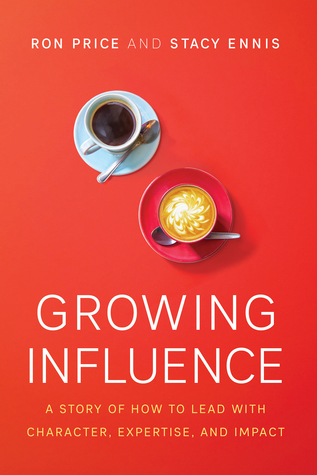More on this book
Kindle Notes & Highlights
David went on to explain that people who feel like they have influence at work feel affirmed and highly engaged.
They go the second or third mile, and they just
‘the capacity or power to have an effect on someone or something.’”1
David began with the first kind of influence, in which a person has 100 percent control over their situation. Nobody can block someone from having influence in this area, and yet if they fail to influence, there’s nobody to blame but themselves.
hours every day, I could be focused and present,” David said. “I advanced as a leader and gave more of myself to the company because I could think and plan more strategically.”
“That’s the first type of influence: control. At least once a day, you can feel that you have influence.”
“You’re right. The second kind of influence is collaboration. It’s about figuring out a way to collaborate with others who want something you also want. Do you think there are people in your company who want something you want?”
The area of concern is when you’re worried about something going on in the company, or even outside of it, but you don’t see how you can influence it.
Let’s think about a team—a team is made up of several members and has a goal or objective it’s trying to accomplish. And oftentimes, it’s the relationship between the members that determines the success of the team, not just the individual capacities of the members.
Would you say the members function synergistically, with a capacity greater than the sum of its parts?”
“A leader is a person of influence who has learned to work properly within the three areas of influence.”
Emily looked up from typing. “Within control, collaboration, and concern?”
“Positional leadership, expert leadership, character leadership,” Emily read. “Exactly.
leading with logic and following with emotion.
character can be defined by how we answer two questions. The first question is, what values will I choose to govern myself? And the second question is, what values will I choose to relate to other people?”
definition of self-management: organizing and executing around priorities and managing my emotions well.”
Values guide us in times of tough decision making—through hardships.
My values remind me of who I want to be, not just who I am.”
Expert leadership is the influence you have because of what you can do or what you know. People will give you power— they’ll freely follow you as an expert leader if you know how to do something they need or if you can solve problems they have.”
The world is changing too fast to depend on yesterday’s knowledge.”
“There are trends so big they can affect all of us one way or another. One of those trends is demographics, like generational shifts—younger leaders coming into the workplace.
integrity in expertise begins by creating value for someone else.”
“The first key result might be a clearly defined and communicated plan for success. The second key result could be tied to something measurable.” “Right. And the third key result that’s universal to most leadership positions is to develop and advance the value your team provides to the company.”
One way is by continuing to strengthen the culture of your team.”
My definition of culture became the values, assumptions, and beliefs that governed our organizational behavior. I guess you could call it organizational character.”
praise, affirmation, and endorsement are also forms of feedback.
“You should aim for people to feel energized and heard after they interact with you,” he added.


